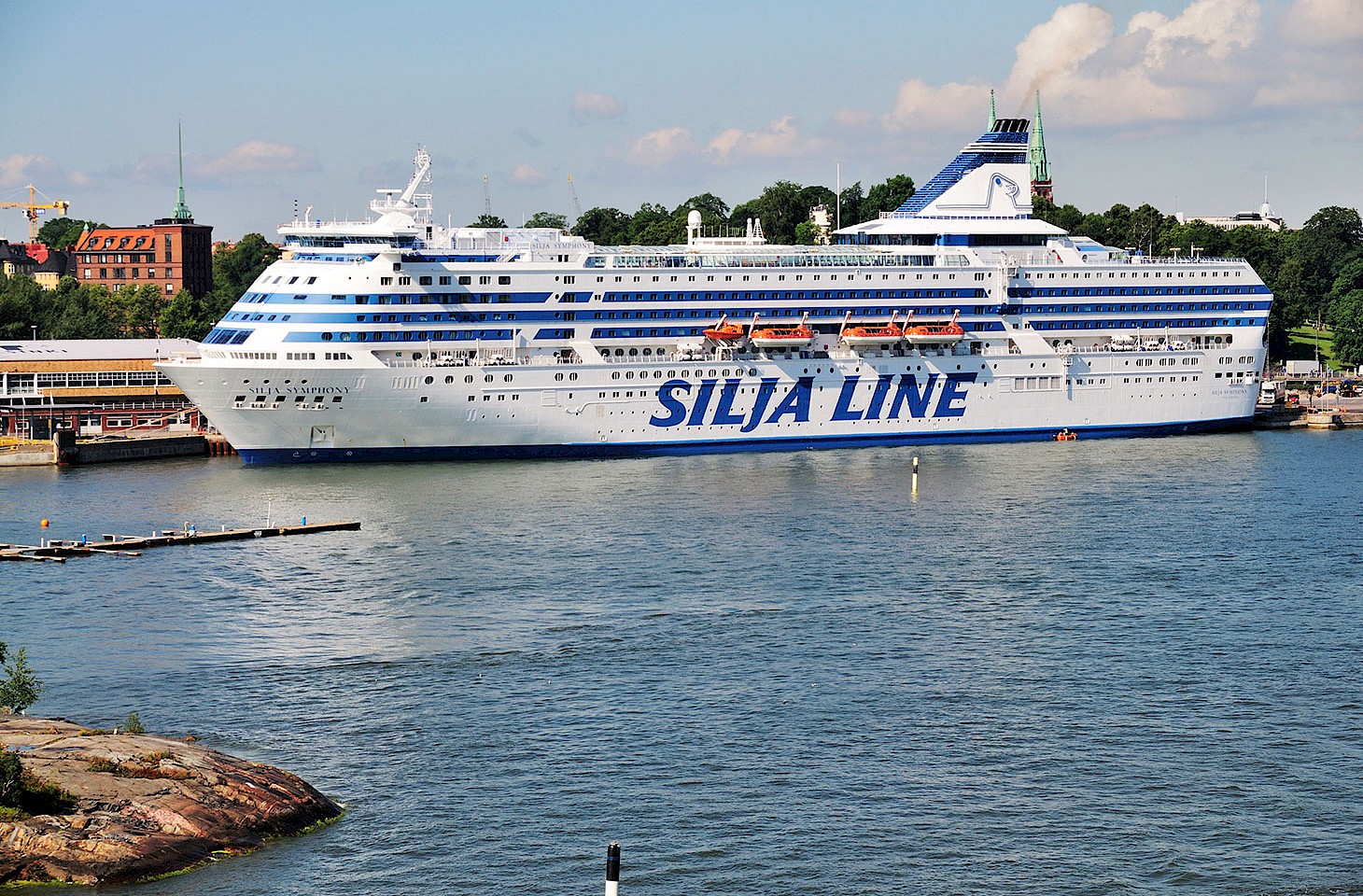Dear fellow travellers
Iceland's central highlands are no cakewalk. At least that's the way Andrew Evans puts it in the Bradt Guide to the country. "Iceland's interior feels more a cross between the Gobi desert and Antarctica," writes Andrew. It is that time of year when the highlands, known as Hálendið in Iceland, begin to open up for the season. Winter snow lingers around the one decent road that crosses the region - the spectacular south to north route via Kjölur that follows a vale between two ice caps: Langjökull to the west and Hofsjökull to the east. Denominated as route number 35 in Iceland's national road network, the Kjölur route is well graded but still largely unpaved. What once was a route reserved for explorers has been tamed. From 18 June to 9 September, conditions permitting, a daily bus service links Reykjavík with Akureyri via the Kjölur route. The trip takes nine hours, and gives access to some of Iceland's starkly beautiful wilderness regions. The one way fare is 9000 Icelandic Kronur (about 77 EUR).
For travellers anxious to really get off the beaten track, a thrice weekly summer bus service traverses the much more challenging Sprengisandur route slightly further east. Not for those with the slightest tendency for travel sickness, the ten hour crossing of the interior from Landmannalaugar to Mývatn via Sprengisandur rates as one of Europe's remotest scheduled bus services. The fare is slightly lower than on the Kjölur route.
North Sea ferry crisis
You may not have noticed but ferry traffic in the Scandinavian and northern North Sea region is experiencing something of a crisis. Last month Color Line scrapped its service from Oslo to Hirtshals in northern Denmark. Then last week came the news that Danish ferry operator DFDS will abandon its northern North Sea routes in September, severing the long standing connections between three Norwegian ports (Bergen, Haugesund and Stavanger) and Newcastle-upon-Tyne in northeast England. And yet more woe last week with Superfast announcing its decision to cancel its regular ferry service from Rosyth in Scotland to Zeebrugge in Belgium, also from mid September.
Smyril Line is committed to a short summer season in Scotland in 2008, with the Norröna stopping once weekly at Scrabster in Caithness from mid-June till late August, while en route from Denmark and Norway to the Faroes and Iceland. But Smyril has made no promises to Scotland for 2009 and beyond. So no surprise that port authorities and other government agencies in Scotland, Tyneside and Norway are making noises about the need to support lifeline ferry links. A case, perhaps, of locking the stable door after the horse has bolted.
There is talk of amending Northlink's contract so that its existing services between Aberdeen and Shetland might be extended in the summer to Bergen in Norway, but that's not something that can be implemented overnight. Meanwhile the disappearance of so many northern North Sea ferry routes in 2008, only a year after Smyril Line stopped its Shetland port-of-call, is a big blow to tourism in western Norway and northern Britain. Spiralling fuel costs and Europe's infatuation with cheap flights are combining to render so many longer distance car ferry services utterly uneconomic. In the North Sea and Scandinavian markets, ferry operators generally have much higher labour costs than in the Mediterranean and Baltic markets. But the trend that has now been set in the North Sea may yet be replicated elsewhere.


